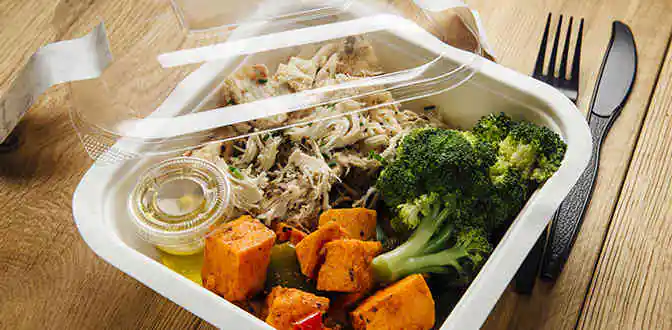A cursory analysis of the food retail market in the Gulf Co-operation Council (GCC) nations will show that more than half of its market share is held by Saudi Arabia. Saudi Arabia, the largest of all the GCC nations, is also the world’s largest producer and exporter of petroleum products and is categorized as a high-income economy with a high Human Development Index by the World Bank. Recently, the nation has witnessed a surge in the retail market across various verticals, most notably the food retail market, which was valued at $42.66 billion in 2015 and is poised to reach $54 billion by 2020. According to the analysts at Technavio, the market will record a CAGR of around 5% in the same time period.

Key drivers of the food retail market
#1 Urbanization
Urbanization is one major reason behind the enormous growth of the retail food industry in Saudi Arabia. The desert nation, which houses more than 50% of the GCC population, has witnessed rising levels of urbanization. In fact, it is predicted that by the year 2025, around 88% of Saudi Arabia will be urbanized.
With the rise in urbanization comes a busy lifestyle that leaves little time for worrying about everyday food requirements, thereby opening the doors to the retail food industry. Hypermarkets and supermarkets, which held around 45% of the market share in the year 2013, account for close to 60% share of the food retail market today.
#2 More disposable income
In the year 2008, Saudi Arabia’s disposable income stood at $20,267 billion. By 2014, it grew to more than $25,000 billion. As the per capita disposable income increases, individuals are able to spend more on retail outlets; in fact, a little over 27% of disposable income is spent on food and food products. This helps to explain the rapid growth of food retail market in the region.
#3 More retail outlets
Food retail outlets are expected to reach 50,000 or more by the year 2020, providing more choices for consumers. As the number of retail outlets increases, so will their contribution to the food retail market. With options like domestically processed food, imported specialty food, as well as organic food, the country’s retail food industry is set to expand even more drastically in the coming years. Saudi Arabia’s major supermarkets, Panda, Al Sadhan, and Carrefour, have plans of expanding their stores throughout the country by 2020.
#4 Heavy FDI
The Saudi Arabia General Investment Authority (SAGIA) has announced that from the present 75%, foreign investors can have 100% ownership in the Saudi retail market as well as its wholesale sectors. This move by SAGIA is sure to attract a lot of foreign direct investment (FDI) from top retail players like Walmart, Tesco and Sainsbury, thereby boosting both the food retail market and the economic growth of the nation.
View the 2016-2020 Food Retail Market in Saudi Arabia Report



